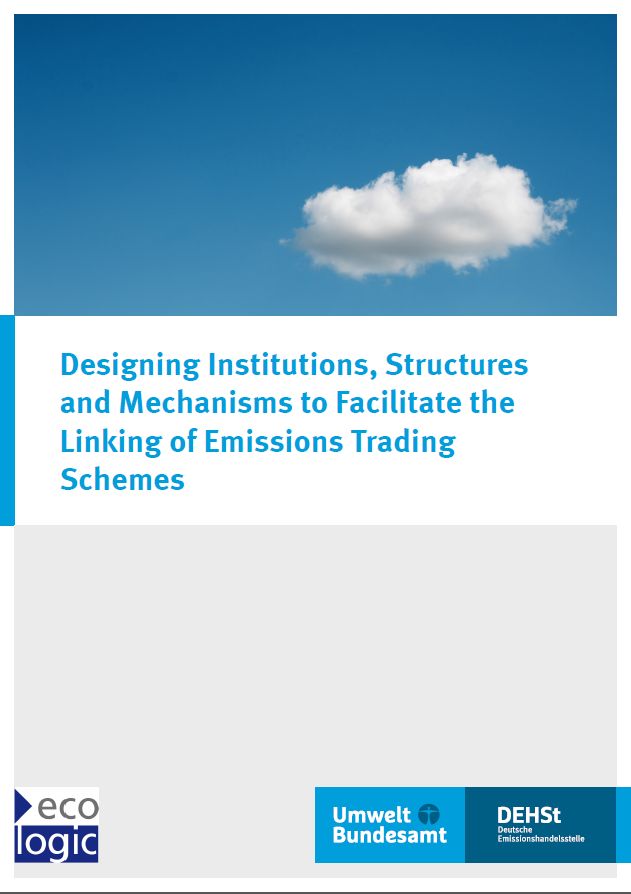Designing Institutions, Structures and Mechanisms to Facilitate the Linking of Emissions Trading Schemes
- Publication
- Citation
Görlach, Benjamin; Michael Mehling and Ennid Roberts (2015): Designing institutions, structures and mechanisms to facilitate the linking of Emissions Trading Systems, DEHSt.
By linking different ETS, regulators create interdependence: decisions taken in one system have effects on the linked systems. Since ETS are evolving over time, there is a need for joint governance structures, to ensure compatibility of the linked systems, to avoid unwanted inferences, and to prepare for eventual disputes. In this report for the German Emissions Trading Authority, Benjamin Görlach, Michael Mehling and Ennid Roberts have looked into possible solutions for these challenges. The report is available for download.
- On what legal basis can Emissions Trading Systems be linked, and what should be covered in a linking agreement?
- Through which institutional arrangements can the joint governance of linked ETS be ensured, which coordination mechanisms can be applied?
- How do these governance mechanisms overlap and interact with existing multilateral governance structures, notably the international climate regime evolving under the UNFCCC?
- And if the joint governance fails - how can the link be terminated, which provisions are necessary for this case, and consequences need to be considered?
One of the attractive features of Emissions Trading Schemes is the option of linking up different schemes across national boundaries. While the issue of linking has been covered extensively both in political and academic debates, an aspect that has received less attention is the legal and institutional arrangements for linked ETS.




